General description
A connected outdoor lighting solution for smart city applications integrates an area, roadway or street lighting network into the ecosystem of the Internet of Things (IoT) and transforms lighting systems into smart, digital nodes that support data-driven operations and other smart city applications. As LED technology arrived at the forefront of lighting conversations, maximizing the energy savings and creating new value propositions from the solid state lighting (SSL) systems are becoming increasingly dependent on successful integration into the collaborative environment of cyber-physical systems.
Outdoor lighting for rural and urban infrastructure has evolved. Today, it is a convergence of hardware and software, distributed and centralized intelligence, operational technology (OT) and information technology (IT). An IoT based smart lighting solution employs a platform-based approach to create flexibility, scalability and interoperability for devices, systems, applications and networks to work together and create synergy. Through digital networking and IP-based communication, a framework is sketched to harmonize heterogeneous technologies and enable direct integration of intelligent street lighting systems into the growing world of IoT.

A vital public service
Outdoor lighting is a vital public service in that it extends the use of rural and urban infrastructure longer into the night. Within the public lighting sector, outdoor lighting presents itself in many forms, including area, roadway and street lighting. Outdoor area lighting is designed for illumination of specific geometric areas such as public squares, parking lots, parks, plazas, sports fields, golf courses, industrial sites, freight terminals, railroad yards, railway crossings, container yards, college campuses, intersections, roundabouts, crosswalks, etc. Roadway lighting is provided for divided highways (freeways, expressways) with full or partial control of access; roadways with great visual complexity and high traffic volumes; and roads with no normal presence of pedestrians, cyclists and parked vehicles. Street lighting is provided for routes (arterials, thoroughfares, or preferentials) connecting principal traffic generation; roads servicing traffic movements within residential, commercial and industrial areas; local streets used for access to residential, commercial and industrial properties; alleys, sidewalks, bikeways and other routes on which pedestrians and cyclists are generally present. Outdoor public lighting is primarily intended to provide road users accurate and comfortable visibility, thereby safeguarding and facilitating both vehicular and pedestrian traffic. It also communicates information about the surrounding nighttime environment to enhance safety and security, support a continuous aesthetic theme for a streetscape or an outdoor area, and improve the visual experience of road users.
A ubiquitous network of lighting
Life without outdoor lighting is impossible to imagine. Across the world, outdoor public lighting provides an enhanced visual environment for people to safely use road systems and outdoor facilities during hours of darkness. But nevertheless, the operation of public lighting is a major cost that can be a strain on municipal budgets. The ubiquitous network of roadway lighting systems creates a large carbon footprint that must be reduced to address the challenge of sustainable development. While outdoor lighting swallows up a significant amount of energy, condition-based maintenance for the massive number of outdoor light fixtures is tremendously labor-intensive if the task cannot be automated. Area, roadway or street lighting design calls for the systematic consideration and integration of many elements.
Aside from issues such as life cycle cost and the environmental impact of energy use, outdoor lighting needs to embrace the dynamics of human-environment interactions and participate in cityscape transformation by creating strategic lighting scenarios. Whether to maximize energy effectiveness, enable predictive maintenance or to dynamically adapt with the changing contexts, outdoor lighting must be responsive.
LED lighting sets new standards in efficiency, performance and reliability
Outdoor lighting for public areas and transportation infrastructure has been undergoing a radical transformation fueled by the introduction of semiconductor-based light sources known as light-emitting diodes (LEDs). LEDs are electroluminescent devices that produce light through electron-hole recombination across a semiconductor bandgap. The high quantum efficiency of such electroluminescence makes it possible to create device packages with luminous efficacy that transcends the limits of traditional technologies.
LED technology enables energy savings beyond significantly improved source efficiency to fully engage the lighting application efficiency (LAE) framework. The LAE framework capitalizes characteristics unique to LEDs which afford an opportunity to control the light distribution with high optical delivery efficiency, optimize the spectral power distribution (SPD) for a high scotopic/photopic (S/P) ratio, and deliver right amount of light only when it is needed. Already today, the use of LED area, roadway and street lights (hereinafter collectively referred to as “street lights”) results in massive energy savings. The longevity of LEDs offers the opportunity to create lighting systems with a long service life, which relieves the burden of maintenance. High efficiency operation and reduced maintenance costs combine to drive down the light cycle cost of LED street lights.

Semiconductor-based lighting kicked off a new way of thinking
An LED street light is a lighting system that produces, controls and distributes light. The luminaire consists of an LED module, a thermal management system, an electrical control system (LED driver and control circuitry) and an optical system. These luminaire components are housed in a sealed, corrosion resistant enclosure which provides the mounting mechanism, performs as a heat sink to provide conductive and convective heat transfer, and exercises control of environmental conditions to protect the components against the intrusion of water and dust, adverse weather conditions, and extreme or recurring changes in ambient conditions. From the electrical engineering point, operating an LED street light revolves around drive current regulation for the LED load. LEDs are current-controlled devices that run natively on DC power and respond to changing current instantaneously. These semiconductor emitters themselves come with full range dimmability, instant start/restrike ability and superior electrical switch durability.
How the LEDs behave inherently depends on drive current regulation. The diversity of control options that may be integrated into an LED driver enables an infinite variety and combination of dynamic effects for optimizing the luminous environment. The unprecedented level of light source controllability has kicked off a new way of thinking with regard to improving the intensity effectiveness of street lights. Whereas in the past it is impractical to dim HID street lights and change the state of these lights instantly, LED lighting provides a practical way of doing so. A complete suite of control strategies can be deployed on LED lighting systems to mine every energy saving opportunity. These strategies are implemented through the use of, for example, dusk-to-dawn photocontrols, part-night photocontrols, time switches, astronomical clocks, and motion detectors. LEDs can work seamlessly, via drive current regulation, with any types of sensors and lighting controls.
Incorporate networking capability
While LED technology provides a platform to unlock the energy savings potential of lighting controls without the need for much thought, a thoughtful approach to remote management of the large number of geographically distributed lights must be developed and implemented. With embedded intelligence, standalone intelligent street lighting systems are capable of automating some aspects of their operation. However, the control logic acts on its own to perform automated tasks and has to be pre-programmed.
Remote network connectivity is a key capability for intelligent street lighting systems to manage system modifications, algorithm optimization and firmware updates. By networking the various systems and devices, street lights can be controlled as a whole to enable centralized configuration, commissioning, monitoring and troubleshooting. Remote activation or shutoff, remote dimming and emergency control of individual luminaires, groups of luminaires, and luminaire of the entire installation can be performed at a single point of control. As increased processing capacity finds its way into outdoor lighting systems for purposes of lighting control, the increased ability to coordinate the operation of networked lighting systems across an entire installation can facilitate the implementation of sophisticated lighting control algorithms to enable a whole new class of functionality.
Digital networking
Digital transformation of a lighting network is crucial to successful deployment of a robust, sustainable smart outdoor lighting solution. The convergence of OT and IT as a result of harmonizing vast hardware and software heterogeneity creates digital control systems that can implement zoning and rezoning through software addressing, rather than hardwiring.
Digital networking makes LED street lights individually addressable. Lighting systems no longer need to be zoned or rezoned based on electrical circuit loading. Control zoning can be as granular as needed. It can be assigned to individual luminaires, a group of luminaires within a lighting circuit, or a conceptual group of luminaires across different circuits. This level of flexibility maximizes responsive of the control system, drives the trend toward using small control zones to yield maximal energy savings, and enables deployments of multiple control strategies on an individual luminaire.
Digital networking of street lights allows control commands to be communicated as digital binary messages, instead of control commands based on variations in voltage. Control functionality can be created through software programming. Moreover, two-way communication is made possible to monitor the status of street lights, aside from relay digital commands. Control devices can be attached to the wiring bus to report energy consumption and any abnormalities.
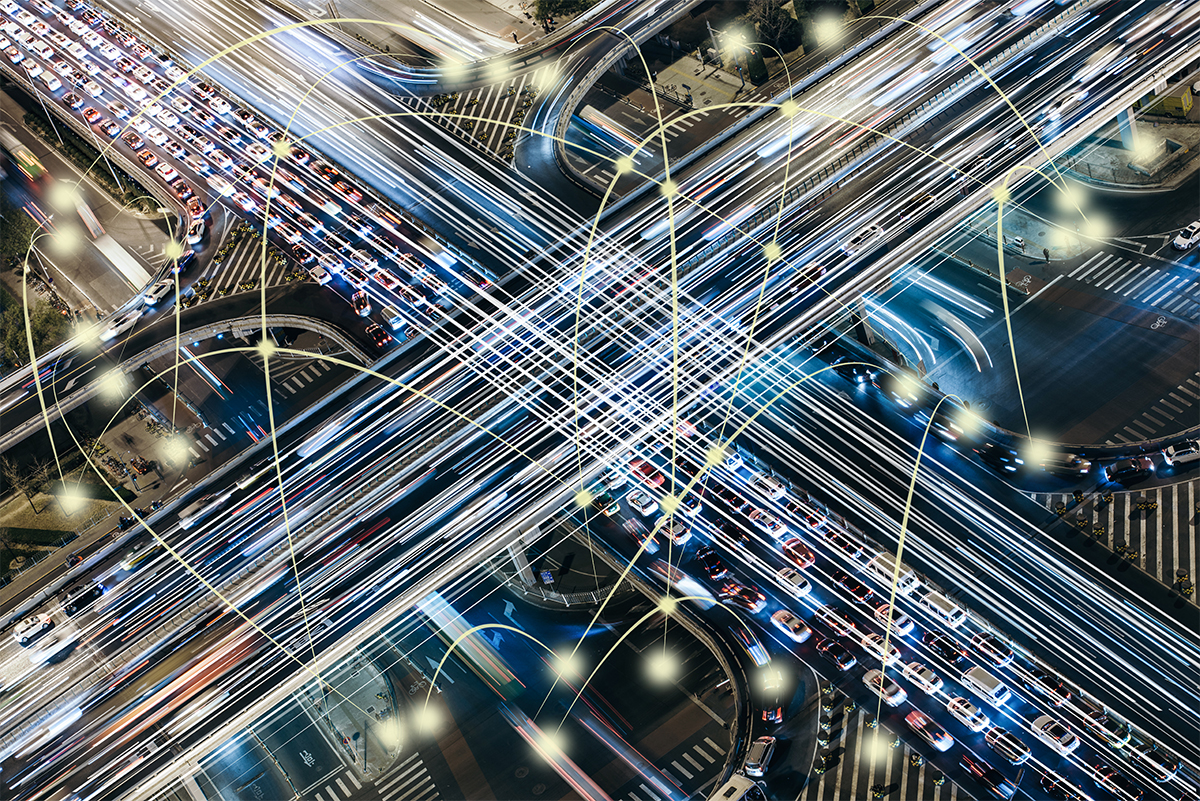
Connected lighting systems
With digital networking, the control hierarchy evolves to be a much flatter and more efficient architecture. A digitally connected and controlled LED street light integrates the LED light engine, intelligence, networking and even sensing into a single system. It communicates with the central management system (CMS), the environment, control devices, and other connected luminaires to enable data exchange. Device-level data processing enables control of the LED light engine based on centralized control commands or the programmed algorithms.
The processing and communication capabilities are provided by a microcontroller and a transceiver, respectively. The two components are integrated onto a system-on-chip (SoC) which is often referred to as a controller. The microcontroller has a processor, memory, and input/output (I/O) ports. Embedded software (firmware) resides in the program memory. It contains a set of digital instructions defining how and when an LED driver should control its output such that the LEDs will operate in the desired manner. The command originated by the controller is either a dimming instruction or a discrete on/off signal. An LED driver dims the connected LEDs through pulse-width modulation (PWM) or constant current reduction (CCR).
Smart street lights monitor local conditions using a set of sensors which can be as layered as luminaire-integrated or off-luminaire photosensors (photodetectors) and motion sensors. Inputs from analog sensors need to be converted from analog to digital using an analog-to-digital converter (ADC) which can be onboard with the microcontroller or implemented as a separate integrated circuit.
Communication module
The communication block performs the communication among luminaires, the CMS, sensors, gateways, and other connected systems, networks and devices. There is a clear trend of moving the communication block of an outdoor lighting network to the IoT infrastructure. The introduction of IoT as the backbone for area, roadway and street lighting systems enables seamless communication, contextual services and data sharing between heterogeneous and homogeneous classes of devices. The communication block for hardware communications operates in the network layer of an IoT architecture. The ability of diverse systems and devices to collaborate among themselves and work together is vitally important to the performance, functionality and management of a street lighting network at every level. The network layer creates a unifying framework of interfaces, protocols and other consensus standards to ensure two-way communication and interoperability between interconnected elements. Technical interoperability is dictated by communication protocols and the infrastructure (physical transmission medium) needed for those protocols to operate. Digital light controllers and sensor nodes are connected to the CMS or network gateway through the use of embedded transceivers. A transceiver provides data delivery using an electrical, optical or radio transmission medium.
Connectivity platform
A communication protocol is defined to format data and control data exchange over the transmission medium. Power line communication (PLC) is the most talked-about wire-bound communication solution for street lighting networks, but there isn’t yet a sufficient justification for adoption of this technology. Wireless communication technologies are making their way to the market as more efficient, cost-effective, flexible and scalable solutions. There is a plethora of radio-frequency (RF) connectivity standards and technologies to choose from. Low power wide area network (LPWAN) technologies such as LoRa, Sigfox and NB-IoT are suitable for long-range connections for which autonomy of a long period is necessary. Low power, short range mesh networks that operate in industrial, scientific, and medical (ISM) bands (e.g., Bluetooth Mesh and ZigBee) offer a more robust, easily scalable networking solution. Cellular networks (4G/5G) and Wi-Fi are employed in long range and short range bandwidth hungry IoT applications, respectively. In most IoT-based street lighting applications, there is a coexistence of the different types of networks. The connectivity of street lights and other end points is often provided by through hybrid networking of IP-based and non-IP communication systems.

Internet of Things (IoT)
The IoT implementation brings a holistic connectivity solution to networking a massive number of smart street lights and offers a set of enabling technologies to drive extraordinary improvements in energy conservation, lighting performance, asset management and equipment maintenance. An interoperable IoT ecosystem allows systematic optimization of lighting operations to increase efficiencies beyond what individual street lights or standalone networks can deliver. Collective intelligence acquired from the collaborative environment drives innovative capabilities that make it possible to automate sophisticated but resource-intensive or time-consuming tasks. Cloud-level processing power and cloud-hosted IoT applications bring sense to all types of sensor-generated data.
At the heart of the IoT technology stack is the IoT platform which provides a suite of software components to bring together and handle everything in-between IoT devices and IoT applications. A full-featured IoT platform consists of a variety of building blocks that orchestrate all fundamental aspects of an IoT implementation. The IoT platform allows applications to create, connect, and manage devices. It provides data management to streamline data ingestion, data processing, data storage, data governance, and data analysis. Other key capabilities of IoT platforms include gateway management, application development and enablement, and cybersecurity management across the IoT stack.
Value-added applications
The ubiquitous coverage of area, roadway and street lighting systems across urban and rural areas provides the opportunity to create a network of digital nodes that serve as the backbone of the IoT infrastructure in smart cities. The IoT-based outdoor lighting network can be integrated into intelligent transportation systems to provide smart traffic control, inter and intra vehicular communication, automatic road enforcement, electronic toll collection (ETC), smart parking, and other innovative applications and services relating to different modes of transport and traffic management. Smart street lights provide a natural platform that accommodates sensors, camera-based systems and other types of equipment to monitor air quality, improve safety, enhance security, relay public information, provide electrical vehicle charging, host base stations for cellular networks, etc.

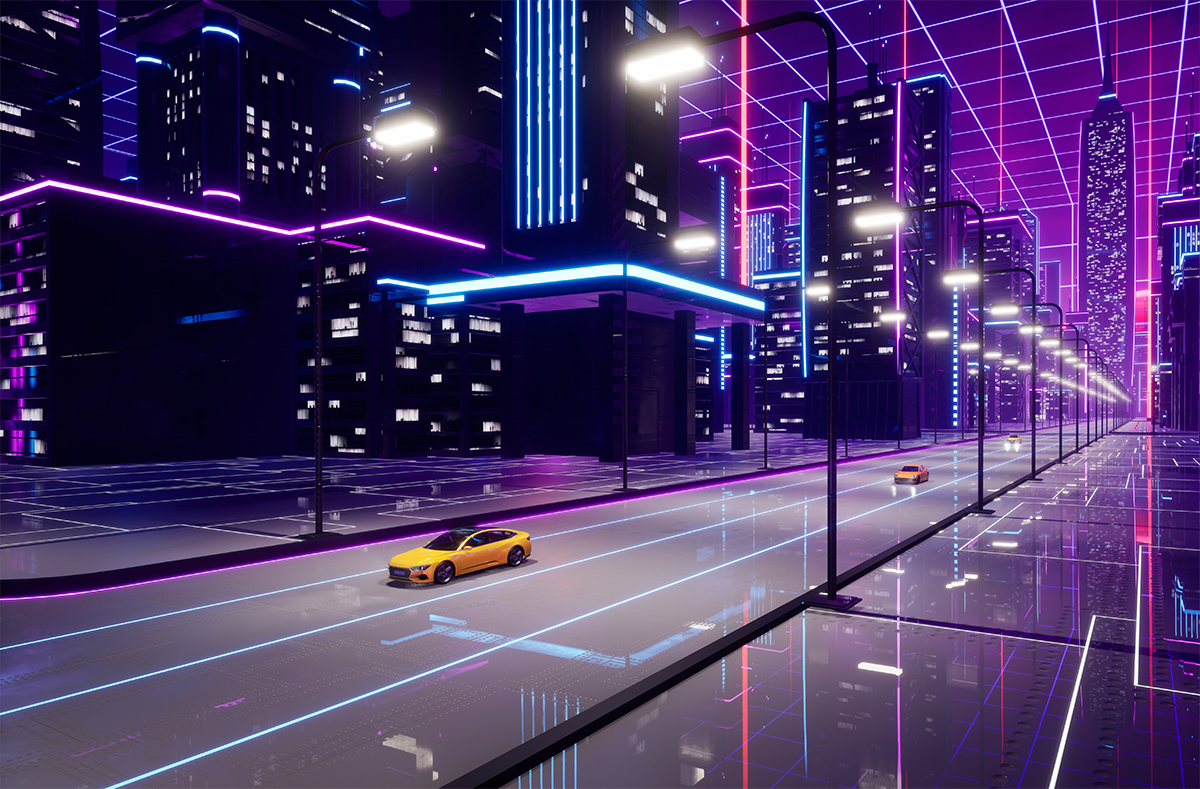
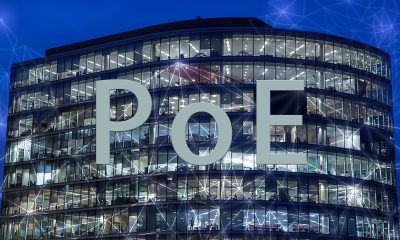







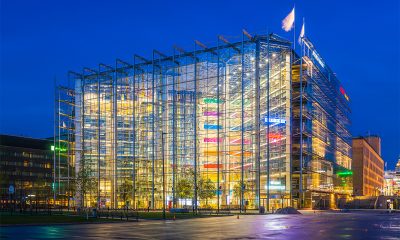

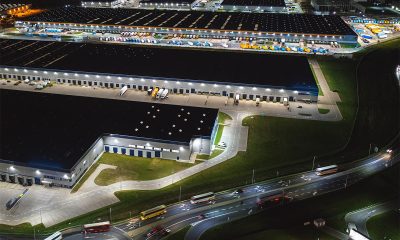






Loading...